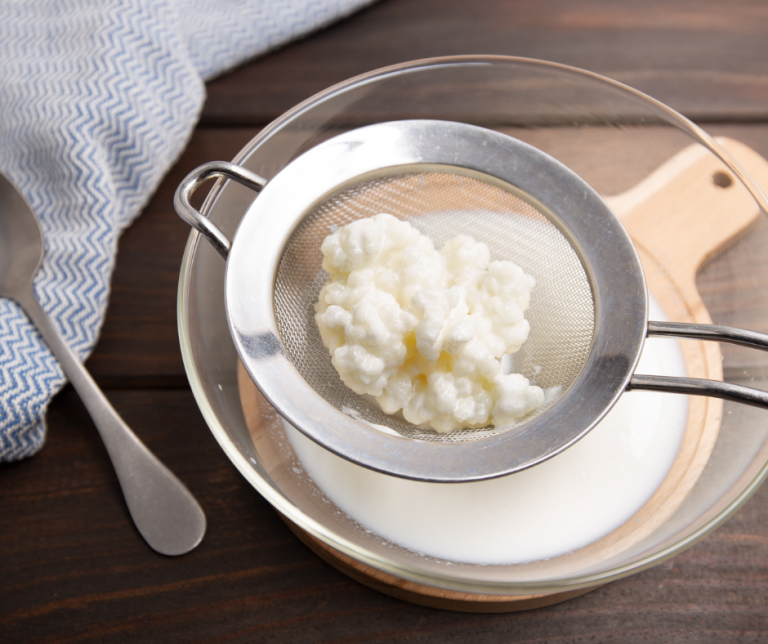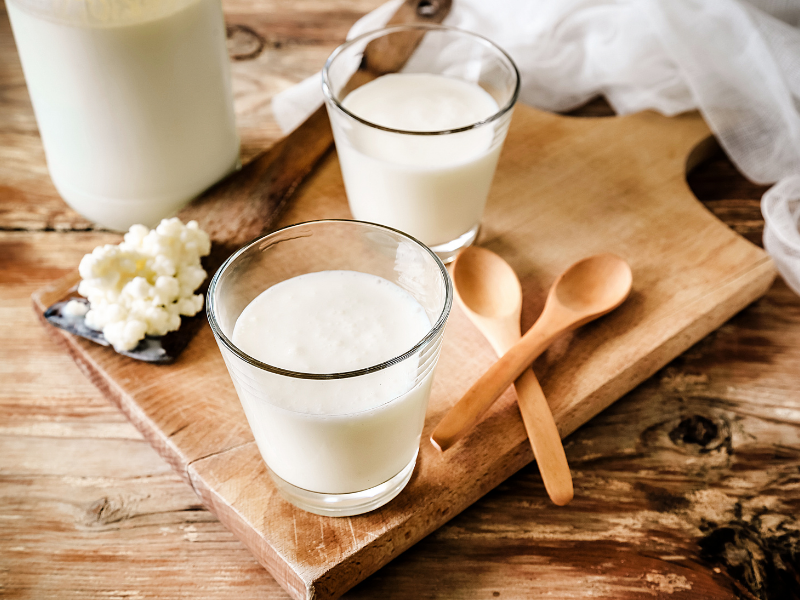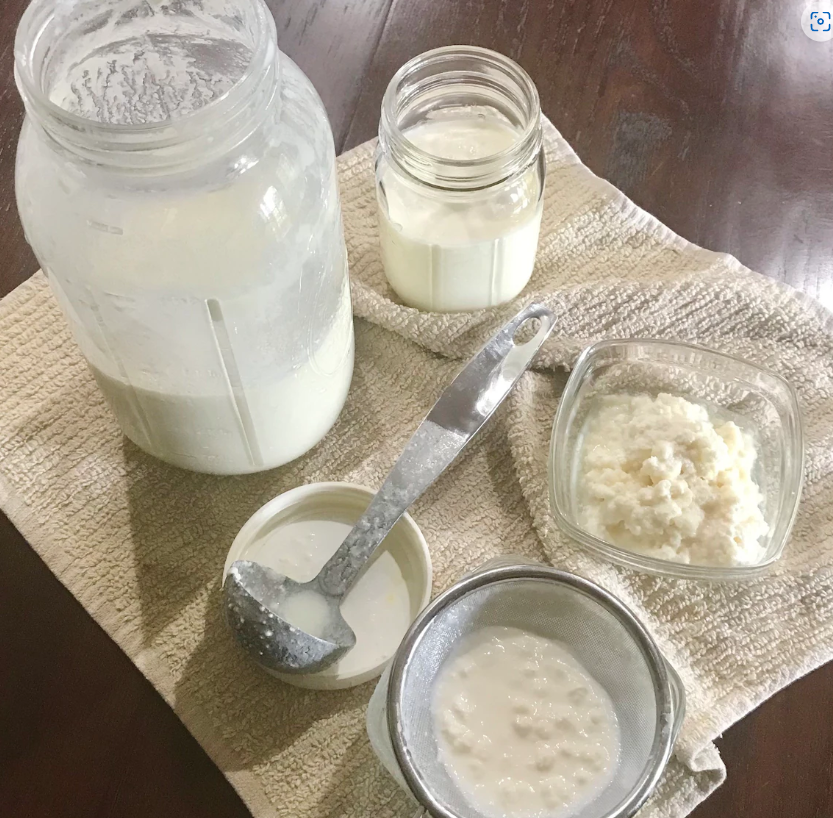Can kefir be consumed on a keto diet?
The ketogenic diet is a high-fat, moderate-protein, and low-carbohydrate eating plan that promotes ketosis, a metabolic state where the body uses ketones as its primary source of energy. Milk kefir, a fermented beverage rich in probiotics, can be included in a keto diet, but it’s important to be mindful of your daily carbohydrate limit.
Milk kefir is made from dairy or non-dairy milks (like coconut milk or soy milks), fermented with milk kefir grains that contain live bacteria and yeasts. It offers numerous health benefits, including supporting gut health, digestion, liver function, sleep quality, and immune system function. Unlike yogurt, milk kefir contains a greater variety of beneficial microbes, making it a superior source of probiotics.
To fit within the carbohydrate limit of a keto diet, it’s important to consider the carbohydrate content of kefir. One cup of whole-milk kefir typically contains around 1 to 13 grams of carbohydrates depending how you ferment it, which can be incorporated into your daily carb allowance. If you prefer a lower-carb option, follow my steps below to make sure your milk kefir contains around one gram of carbohydrates per serving.
How to make your homemade milk kefir keto-friendly:
1. Start with full-fat milk: Go for organic, grass-fed milk- raw milk is best. It’s packed with healthy fats and fewer carbs than low-fat or skim milk.
2. Get kefir grains: These live cultures turn milk into kefir. I’m happy to send you my very own- click here!
3. Time to ferment: Pop those kefir grains into a clean glass jar. Add milk, leaving some space. The ratio is usually 1 tablespoon of grains per 1-2 cups of milk. (But you can start with as little as 1/2 a teaspoon & I’ll coach you to get them to grow fast!)

4. Let it ferment: Give it 24 to 48 hours at room temperature. Longer fermentation means lower carbs, as the grains consume more lactose (milk sugar).
5. Strain it out: After fermentation, separate the kefir grains from the liquid. Use a fine mesh strainer or cheesecloth to strain it into another jar.
6. Optional second fermentation: Transfer the strained kefir to a sealed jar and let it sit for 12-24 more hours at room temperature. This amps up the flavor and reduces carbs further.
7. Chill and enjoy: Once it tastes just right, pop it in the fridge to slow down fermentation. It stays good for up to a week. Sip it cold or get creative with recipes!
With full-fat milk, longer fermentation, and maybe a second round, your milk kefir will have fewer carbs, perfect for your keto journey. Keep an eye on your carb tolerance and adjust serving size as needed.
Incorporating milk kefir into a keto diet
Incorporating milk kefir into a keto diet is a great way to enjoy its probiotic benefits while staying within your low-carb goals. Here are some ideas on how to include milk kefir in your keto diet:
1. Standalone Snack: Enjoy a refreshing cup of milk kefir as a standalone snack. It’s creamy, tangy, and packed with beneficial probiotics.
2. Keto Smoothies: Blend milk kefir with low-carb fruits like berries, avocado, or spinach for a delicious keto smoothie. You can add in some healthy fats like MCT oil or nut butter for extra richness.
3. Salad Dressings: Use milk kefir as a base for homemade keto-friendly salad dressings. Combine it with herbs, spices, and healthy oils like olive oil or avocado oil to create flavorful dressings that enhance your salads while keeping carbs low.
4. Keto-Friendly Desserts: Create keto-friendly desserts by incorporating milk kefir. Mix it with sugar-free sweeteners, vanilla extract, and other keto-approved ingredients to make creamy and satisfying treats like kefir-based puddings or ice creams.
5. Keto Breakfast Bowls: Add a dollop of milk kefir to your keto breakfast bowls. It pairs well with low-carb granola, chia seeds, nuts, and fresh berries, creating a nutrient-dense and probiotic-packed start to your day.
Homemade milk kefir allows you to have more control over the fermentation process and potentially reduce the carbohydrate content further.
Experiment with different ways to incorporate milk kefir into your keto diet, and enjoy the benefits of its probiotic goodness while maintaining your low-carb lifestyle.
Reach out anytime or comment below with questions!
– Violette




